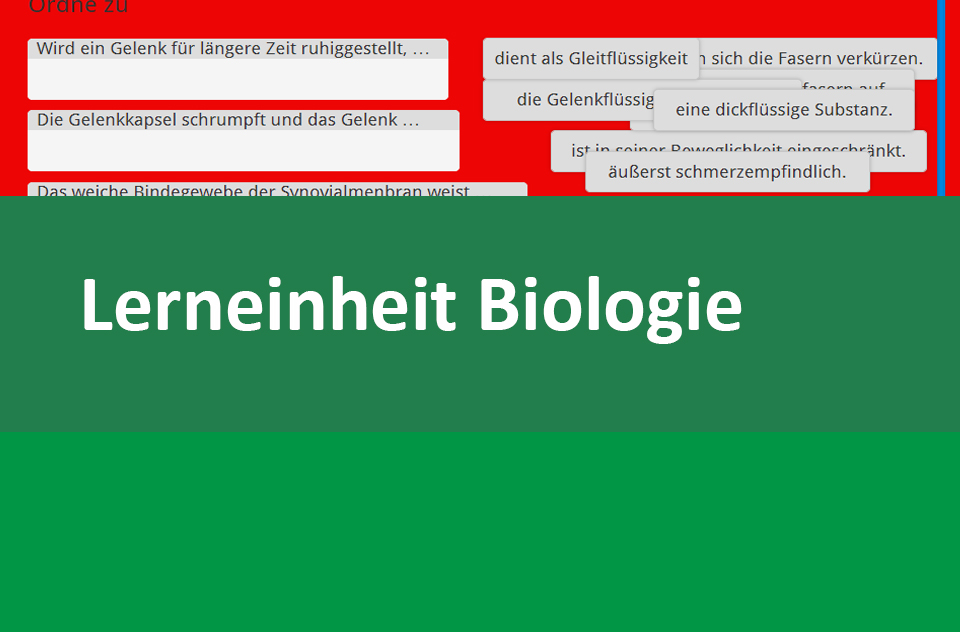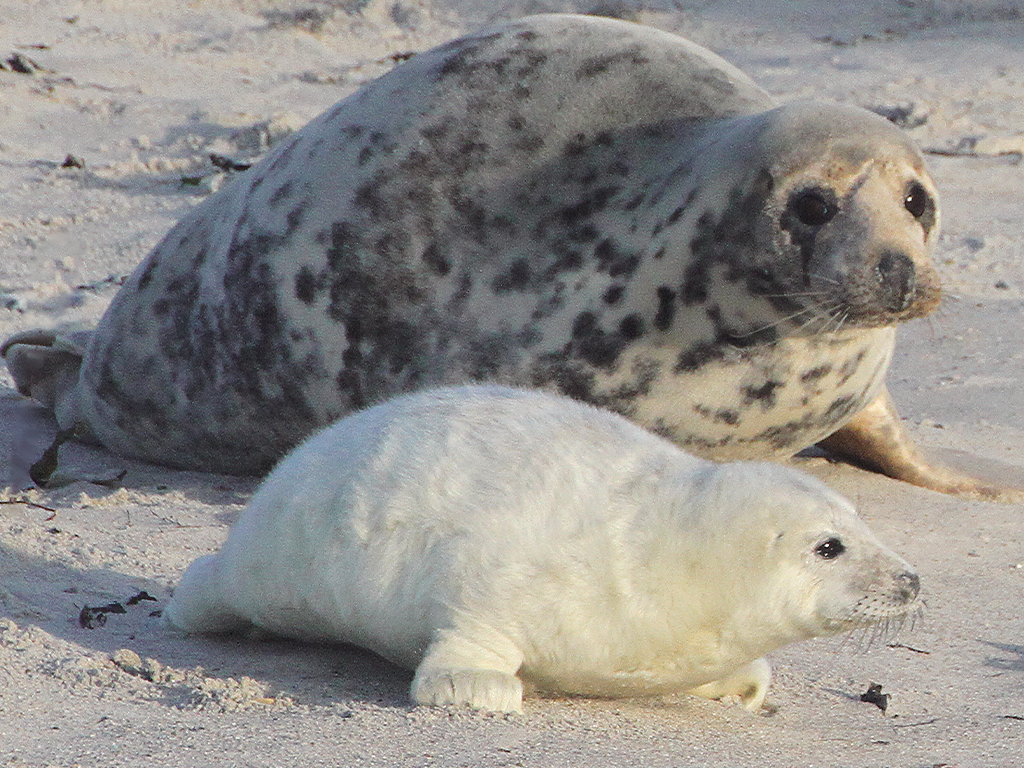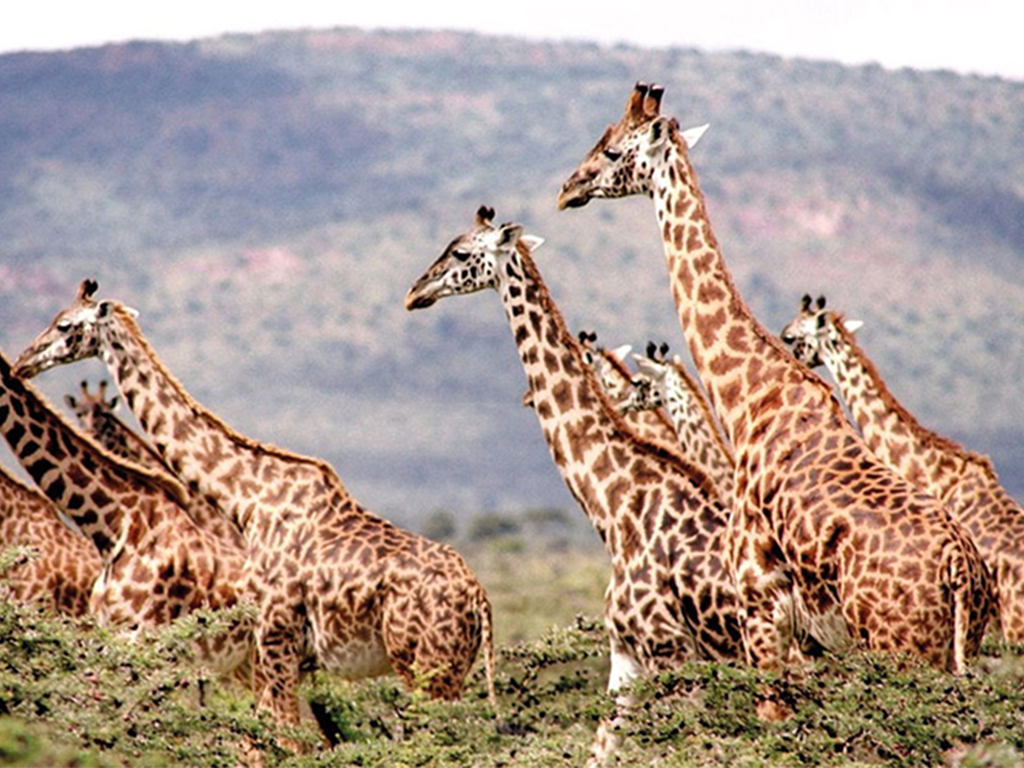
55502627
Wie unsere Gelenke funktionieren
In 12 interaktiven Aufgaben und Videos wird Wissen zu unseren Gelenken vermittelt und anschließend abgefragt.
Das Medium bietet H5P-Aufgaben an, die ohne zusätzliche Software verwendbar sind.
Durch interaktive Aufgabentypen wird das audiovisuelle und interaktive Lernen einfach.
Lernen macht jetzt Spaß!
Included Tasks
- I Wozu Gelenke? – Bildkarten
- II Unechte Gelenke – Interaktives Video
- III Bestandteile echter Gelenke – Interaktive Aufgabe
- IV Funktion und Aufgabe echter Gelenke – Interaktive Aufgabe
- V Anatomie der echten Gelenke – Interaktive Aufgabe mit Video
- VI Warum Couch Potatoes gefährlich leben – Interaktive Aufgabe
- VII Gelenkformen – Interaktive Aufgabe
- VIII Wichtige Gelenke des Arms – Interaktive Aufgabe
- IX Wichtige Gelenke des Beines – Bildkarten
- X Hüftgelenk; Kniegelenk; Fußgelenk – Interaktive Aufgaben
- XI Gelenkverletzungen; Gelenkerkrankung – Interaktive Aufgabe
- XII Schutz der Gelenke – Bildkarten
Curriculum-centred and oriented towards educational standards
Matching
Seals
Seals belong to the group of water-living mammals. Unlike whales and manatees, which have completely switched to aquatic life, seals lead a life both in the water and on land. This makes these animals special.
Giraffes
The giraffe is a superlative mammal. It is considered the largest land mammal, has a neck up to two meters long and the pattern of its fur is as unique as the fingerprint of a human.









